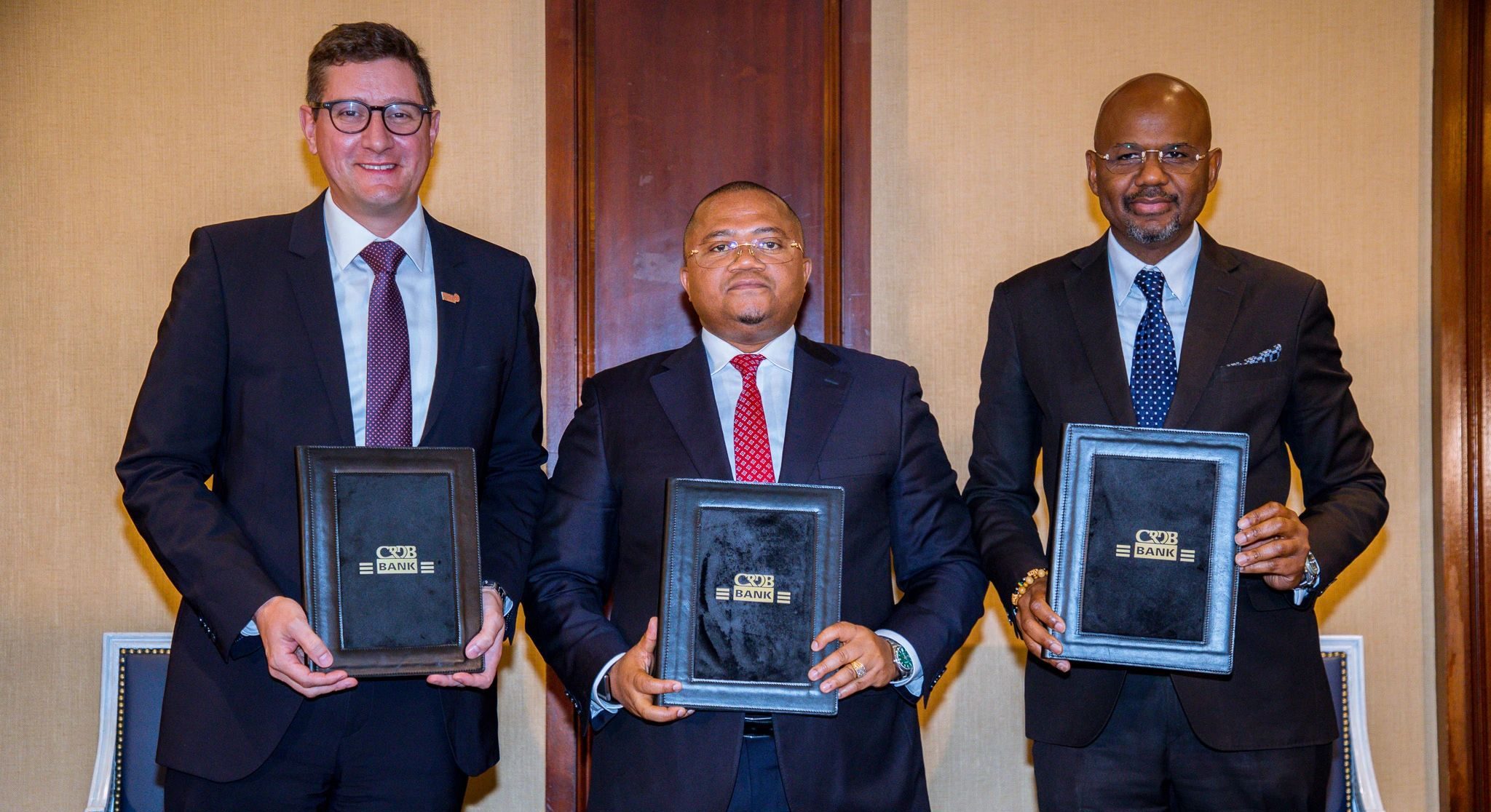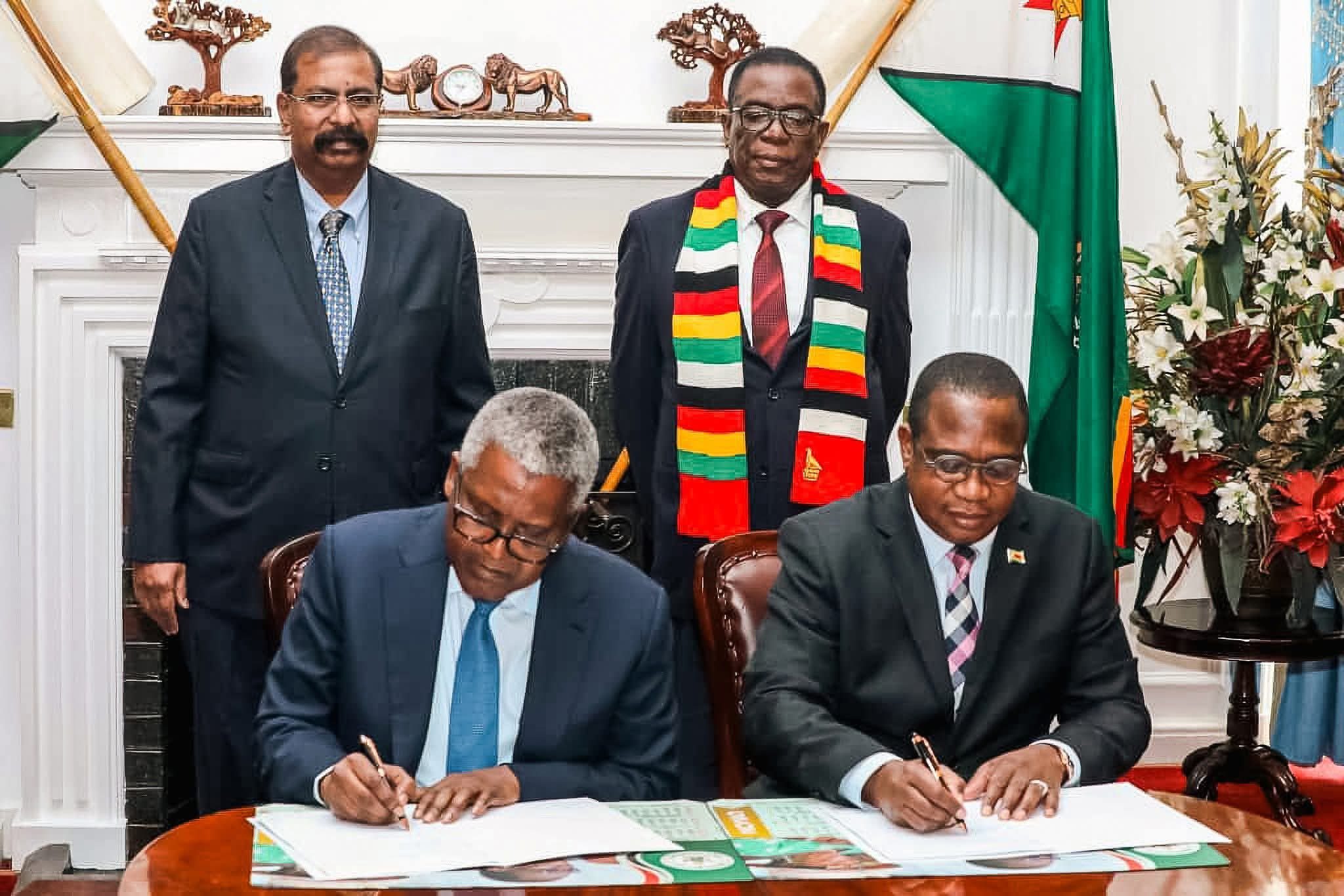
Thursday 24th April 2025

Par inAfrika Reporter
Tanzania’s evolving investment landscape is redefining how African governments think about development planning, budget discipline, and investor engagement. With sharp revisions to its public investment budget, deep structural reforms, and renewed national planning under Vision 2050, the Sixth Phase government is projecting a model of responsive governance that peers across the continent are beginning to watch more closely.
Budget Revisions Signal Institutional Agility
In the financial year 2024/25, the total budget for investment and planning leapt from TZS 121.33 billion to TZS 275.03 billion. Crucially, this was not externally funded — the increase came through internal reallocations. This marks a rare departure from the rigid budgeting frameworks that characterize many African economies. Tanzania is showing signs of fiscal dynamism — adjusting allocations mid-cycle to better match implementation demands. For nations grappling with slow budget absorption or donor reliance, this shift is worth watching.
The MKUMBI Program: Bureaucracy Reformed, Digitally Delivered
At the structural level, the MKUMBI program is arguably one of the country’s most profound reforms. Launched to dismantle bureaucratic barriers, MKUMBI led to the revision of 66 laws, the reduction or removal of 383 fees and charges, and the introduction of digital platforms like TAUSI and GovESB. These aren’t marginal changes — they’re a silent revolution in regulatory practice. The fact that company registration can now be completed in under eight hours positions Tanzania among the continent’s most investor-ready environments. In contrast, most African economies continue to average weeks or even months for similar procedures.
Vision 2050: Planning as Political Unity
Tanzania’s long-term planning is also taking on a more strategic and diplomatic form. Over 1.17 million citizens contributed to the drafting of Vision 2050. It was formally launched by the President of Zanzibar — signaling a Union-wide approach to national development. In this, Tanzania is turning the act of vision setting into a tool of political unity and policy continuity. For African countries navigating regional divisions or post-conflict governance, Tanzania’s approach may offer a blueprint for inclusive long-term strategy.
SEZs and the New Financing Orthodoxy
The Bagamoyo Special Economic Zone is emerging as a laboratory for a new financing model — blending public ambition with institutional capital. As of March 2025, a 3-kilometre road within the zone was 70% complete, with infrastructure plans pegged to Real Estate Investment Trusts (REITs), backed by FSD Africa and CRDB Bank. This shift toward capital markets for public infrastructure marks a quiet but significant departure from donor-driven financing. Other SEZs in regions like Ruvuma, Mara, and Shinyanga are also in motion, supported through the newly formed Tanzania Investment and Special Economic Zones Authority (TISEZA).
Domestic Investment Culture Rises
The campaign “2024 Isipite Bila Kutekeleza Mradi Wako” embodies a cultural shift in Tanzania’s investment ecosystem. It aims to recast Tanzanians not just as employees in FDI-backed ventures, but as investors and project initiators. Between July 2024 and March 2025, 691 projects were registered at a combined value of nearly USD 8 billion — a 35.76% rise over the same period the previous year. While foreign ownership remains significant at 45%, domestic projects now represent 32% of this pipeline, with joint ventures accounting for 23%. This trajectory mirrors the early signs of local capital formation.
Explosive Growth in Project Registration and Value
Since 2021, Tanzania has registered 2,175 projects worth USD 25.53 billion. The jobs forecast from these is equally remarkable: 650,674 positions. In 2021, only 256 projects were registered; by 2024, that number had soared to 901. The implications are profound. This isn’t just policy success — it’s institutional maturity. The ability to attract and process this volume of investment indicates deeper capacity within the Tanzania Investment Centre (TIC) and its partner agencies.
Revitalizing SOEs with Commercial Intent
One of the least discussed — yet most consequential — shifts is Tanzania’s stance on state-owned enterprises. TANESCO received TZS 2.419 trillion, TPDC TZS 2.752 trillion, TADB TZS 208 billion, and TCB Bank TZS 131 billion in recapitalization. The results are emerging: TCB reported its first profit in years — TZS 31.6 billion — in 2024. This sends a message to other African governments: SOEs do not have to be loss-making by default. With strategic recapitalization and commercial discipline, public firms can become productive arms of national development.
Delivery Gaps Remain, But So Does Momentum
Not all is seamless. Of seven privatized factories, only three have secured new investors. Others — including legacy assets like Tanganyika Packers and Mwanza Tanneries — remain in limbo. The question is no longer ambition. It’s execution. From aquaculture in Mwanza to milk processing in Kagera, what investors seek is reliability. Systems that deliver, not just policy promises.
As of March 2025, the government had visited 20 major investment sites, with a combined capital value of USD 1.83 billion, employing over 65,000 people. That kind of follow-up isn’t just optics — it’s oversight. And with digital monitoring systems and AI-enhanced project management tools now embedded in the President’s Office for Planning and Investment, Tanzania is scaling its administrative capacity to match investor momentum.
Continental Relevance, Local Resolve
Tanzania’s reforms come as the African Continental Free Trade Area (AfCFTA) begins to shape economic integration. By refining its regulatory regime, expanding SEZ infrastructure, and rebooting its parastatals, the country is offering more than just domestic reform — it’s shaping a Pan-African investment narrative.
Whether through strategic reforms like MKUMBI, planning diplomacy under Vision 2050, or the reimagination of SOEs, Tanzania is moving. And in a continent where inertia often reigns, that in itself is a benchmark.
The challenge ahead isn’t vision. It’s velocity. Africa’s future lies not in plans alone, but in their execution. Tanzania, for now, seems determined to test that truth — and perhaps, teach it.


